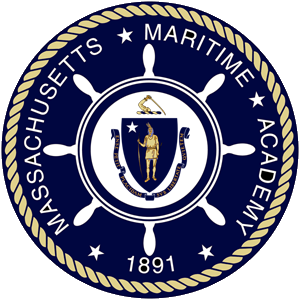|
On a vessel with a diesel engine propulsion unit at sea, on a simulator, or in a laboratory,
|
the candidate monitors a main diesel engine propulsion unit.
Note 5
Not performing this task will limit the candidate’s endorsement to gas-turbine propelled and/or steam vessels.
|
The candidate:
- Monitors the main lube-oil and cooling water temperatures entering and leaving the main lube-oil cooler;
- Monitors the main lube-oil-sump or sump tank level
- Monitors the main lubricating oil pump suction and discharge pressures, the lube-oil header supply pressure and any applicable filter or strainer pressure drop;
- Monitors ancillary lube oil system parameters to include pressures, temperatures, and levels for systems to include crosshead, cam, rocker, and cylinder oil systems if applicable;
- Monitors jacket water cooling pump suction and discharge pressures, jacket water system temperatures, pressures, and flow indicators, and expansion tanks levels;
- Monitors ancillary specialized self-contained fresh water systems to include pressures, temperatures, and levels for systems to include injector and piston cooling water systems if applicable and inspects for oil contamination;
- Monitors sea water cooling pump suction and discharge pressures, sea water system heat exchanger inlet and outlet temperatures, and sea strainer pressure drops;
- Inspects fuel-injector leak-off piping, high-pressure delivery lines, and indicator cocks and checks for leakage;
- Monitors fuel-oil booster and service pump suction and discharge pressures, fuel oil supply pressure and temperature, and any applicable strainer and filter pressure drops;
- Inspects fuel-oil temperature controller or viscosimeter set point as applicable;
- Observes governor operation and lube-oil level,
- Observes fuel-pump and /or fuel injector rack settings;
- Observes telescopic links and cylinder lubrication, if fitted;
- Checks operation of crankcase vacuum fans, mist detectors, and condition of explosion covers;
- Monitors scavenging/charge air receiver pressures and temperatures as applicable;
- Drains scavenging air receiver as applicable;
- Monitors individual cylinder, turbocharger inlet and outlet exhaust temperatures and exhaust receiver pressures and temperatures as applicable;
- Monitors reduction gear lube oil sump levels, lube oil temperatures and pressures, and lube oil filter and strainer pressure drops, if applicable;
- Monitors controllable pitch propeller oil sump levels, pitch oil temperatures and pressures, and pitch oil filter and strainer pressure drops as applicable
- Notifies the watch engineer of any unusual or unsafe conditions, unusual sounds, or vibrations; and
- Takes proper action to prevent safety and pollution violations.
|
